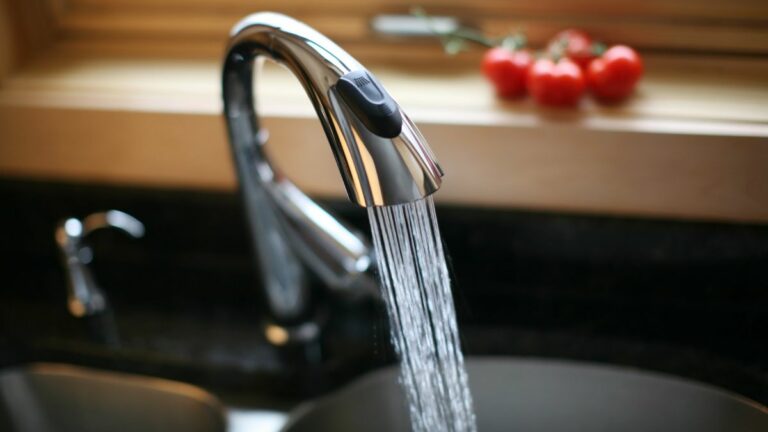How To Install Kitchen Cabinets
Installing kitchen cabinets can seem like a challenging job, but with the right preparation and step-by-step approach, you can achieve professional-looking results on your own. Whether you’re renovating your kitchen or upgrading outdated cabinetry, this guide will walk you through every phase, from planning your layout to the finishing touches. Ready to transform your kitchen? Let’s immerse and make your cabinet installation project a success.
Preparing Your Kitchen For Cabinet Installation
Measuring And Planning Your Cabinet Layout
Before you start tearing down old cabinets or unpacking new ones, accurate measurements are essential. Use a tape measure to record the width, height, and depth of your kitchen walls, noting any obstacles like windows, doors, or plumbing fixtures. Sketch your kitchen layout on graph paper or use a digital tool to visualize where each cabinet will fit. Double-check your measurements to avoid costly mistakes.
Gathering Necessary Tools And Materials
Having everything ready before you begin will save you frustrating trips back to the hardware store. Essential tools include a level, stud finder, drill, screws, shims, clamps, and a screwdriver. Materials like cabinet screws, wood filler, caulk, and trim molding will be needed later in the process. If your cabinet set includes hinges, handles, or knobs, keep them nearby for final installation.
Removing Old Cabinets And Preparing Walls
If replacing existing cabinets, carefully remove them to prevent damage to your walls. Turn off water and power supplies to avoid accidents. After removal, inspect walls for damage or uneven surfaces. Patch holes, sand rough patches, and ensure studs are accessible and solid for mounting your new cabinets.
Installing Base Cabinets Step-By-Step
Leveling And Securing Base Cabinets
Start with the corner cabinets or the ones closest to the sink, as these often require precise alignment. Use a level to ensure the cabinets sit perfectly flat, uneven cabinets can cause doors to misalign and countertops to warp. Place shims where needed to adjust for floor irregularities before securing cabinets to the wall studs using sturdy screws. Take your time here: a well-leveled base is the foundation of your kitchen’s functionality.
Connecting Cabinets Together
Once each cabinet is secured individually, bring cabinets together by screwing their adjacent faces. Clamp cabinets tightly to avoid gaps and help them align flush. Pre-drill holes to prevent wood splitting, then use cabinet screws to fasten them securely. This step helps create a seamless, custom-built look while adding structural integrity.
Installing Wall Cabinets Correctly
Marking Studs And Aligning Wall Cabinets
Wall cabinets tend to be heavier and require precise placement. Use a stud finder to mark the exact location of each stud on your walls. These marks will guide where you drill the screws to ensure strong support. Outline a level line at the bottom edge of where the cabinets will hang, this is critical to maintain a straight alignment.
Mounting And Securing Wall Cabinets
Lifting wall cabinets can be challenging: working with a helper or a cabinet jack is recommended for safety and precision. With cabinets aligned along your level line, drill screws through the back panel into the marked studs. Secure each cabinet individually before joining them side by side, just like your base cabinets, to maintain uniformity and strength.
Finishing Touches And Adjustments
Installing Cabinet Doors And Hardware
With your cabinets securely mounted, it’s time to install the doors. Attach hinges as per manufacturer instructions and hang the doors carefully, adjusting for even gaps and alignment. Next, install your hardware, handles and knobs, measuring precisely to keep a polished, professional appearance.
Sealing Gaps And Adding Moldings
Gaps between cabinets and walls can detract from the overall look. Use caulk or wood filler to seal these spaces neatly. For an elevated finish, add crown molding or base trim to conceal edges and add character. This step not only enhances aesthetics but also protects against dirt or debris accumulating in hard-to-clean spaces.
Tips For Maintaining Your Kitchen Cabinets
Keeping your kitchen cabinets looking their best requires regular care. Wipe them down weekly with a damp cloth to remove grease and dust. Avoid harsh chemicals that can damage finishes: instead, use mild soap or specialized wood cleaners. Periodically check hinges and handles, tightening screws as needed to maintain smooth operation. Finally, consider applying a wood polish occasionally to refresh the surface and protect against wear, your cabinets will thank you by lasting many years.
Conclusion
Installing kitchen cabinets is a rewarding project that increases both your kitchen’s functionality and value. With careful measurement, the right tools, and a methodical approach, you can confidently tackle this home improvement task yourself. Stay patient through each step, especially leveling and aligning cabinets, and your end result will be a beautiful, sturdy kitchen setup that looks professionally done. Ready to get started? Your dream kitchen awaits.



